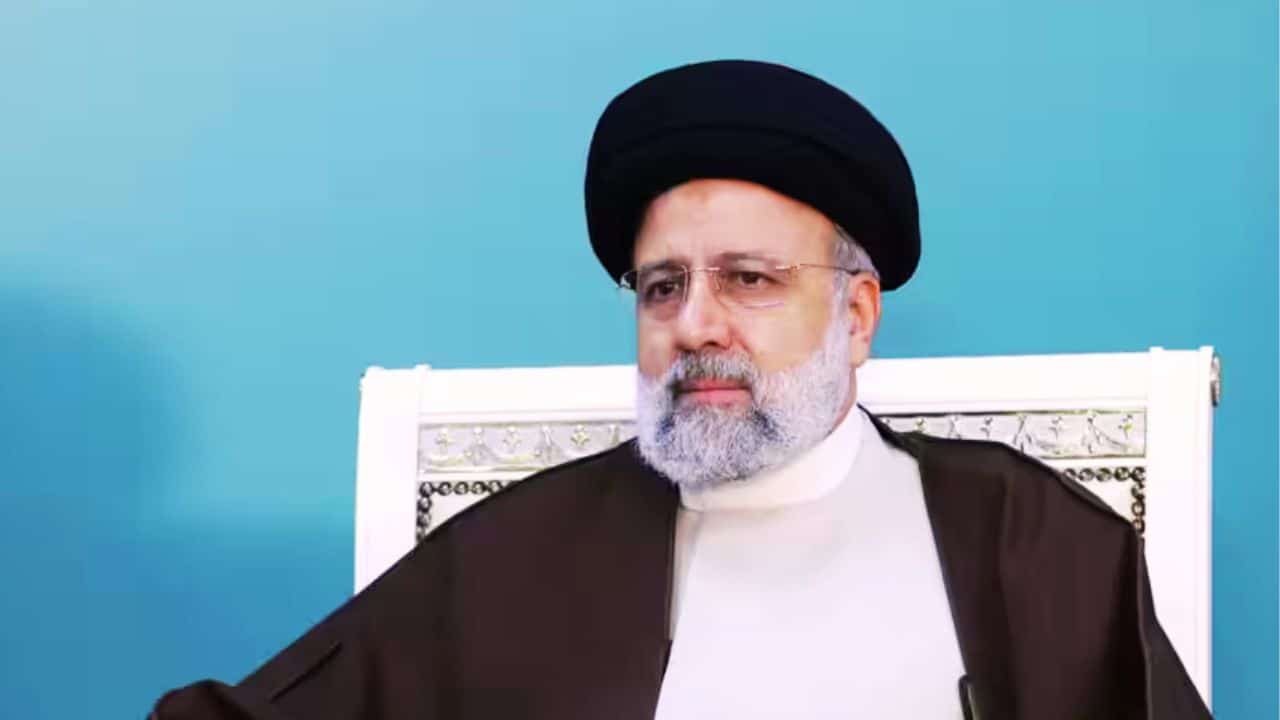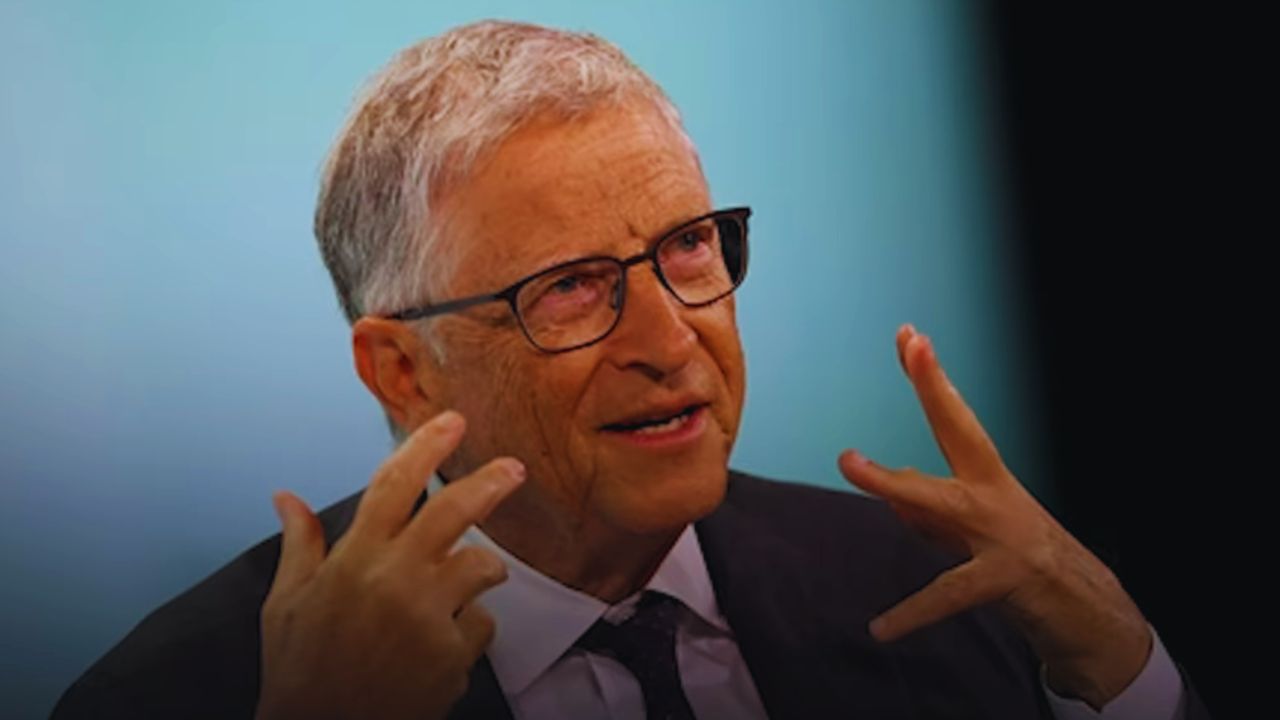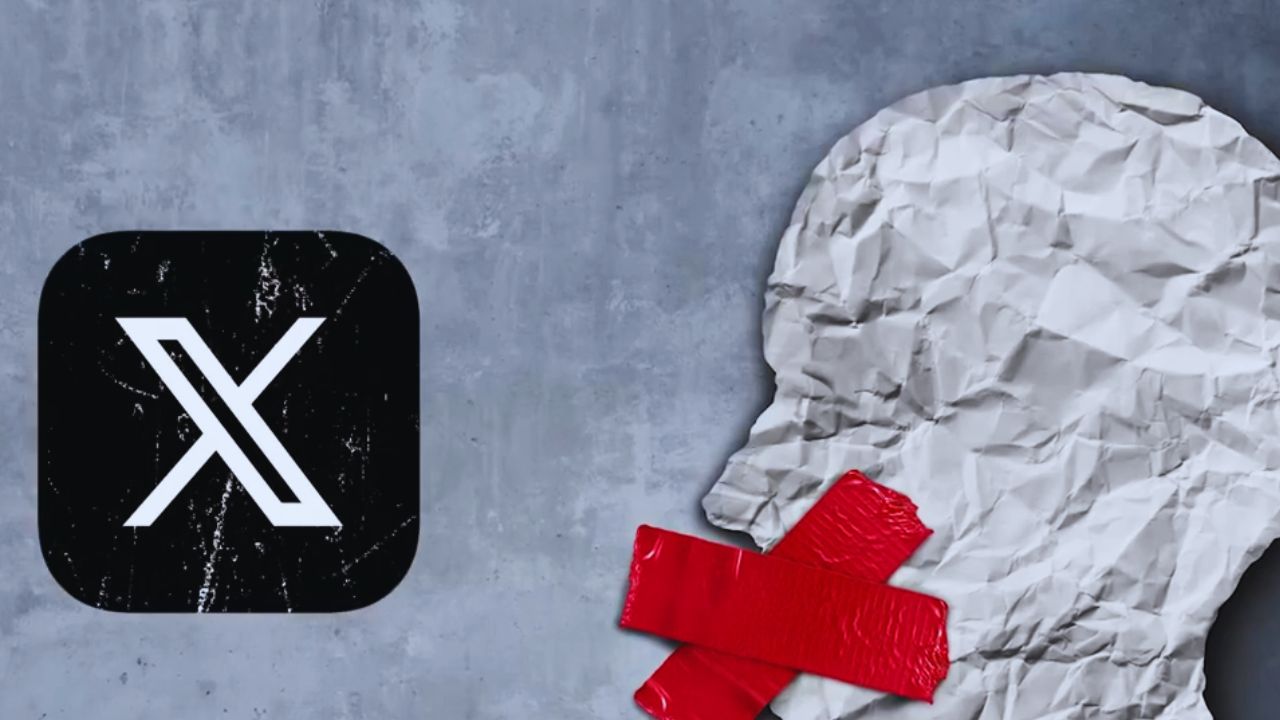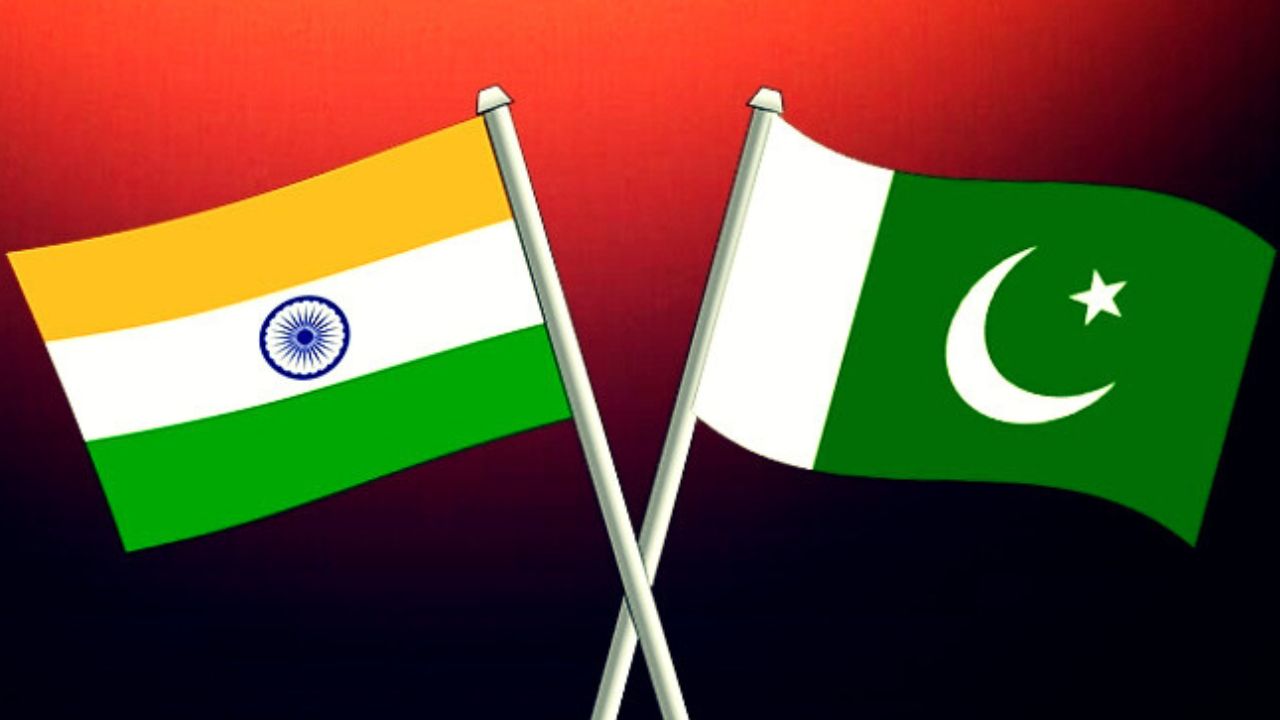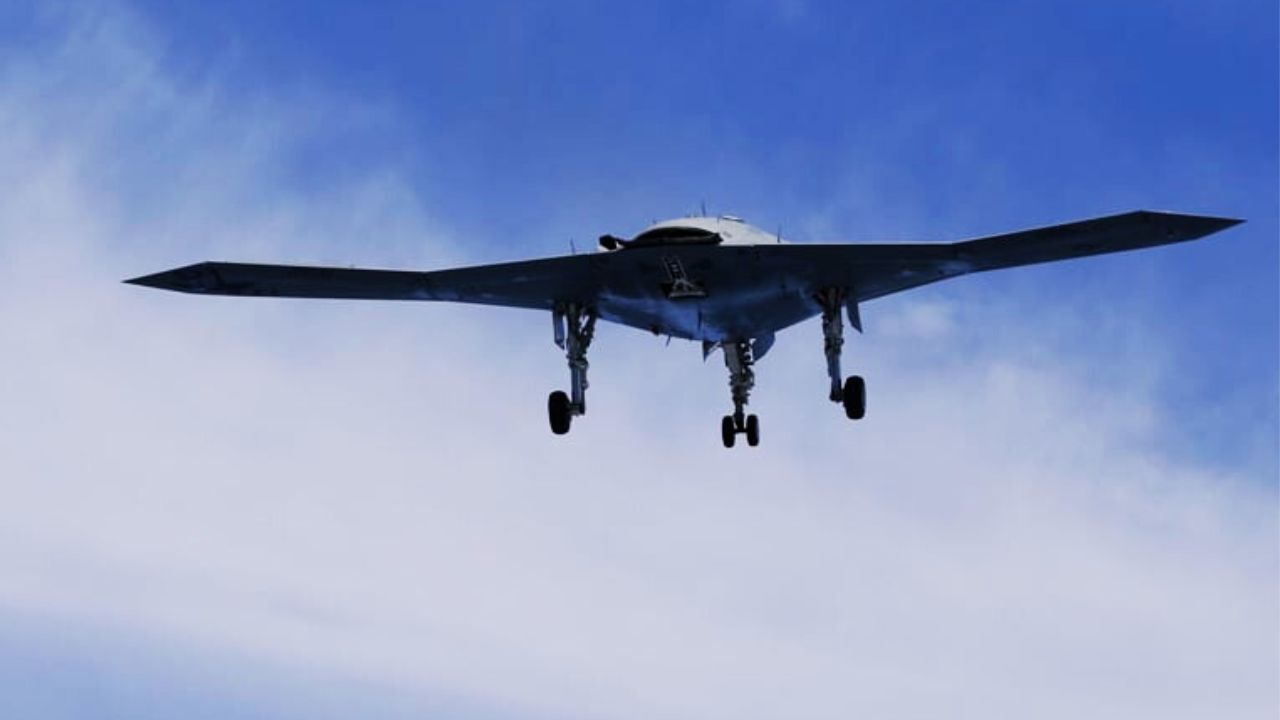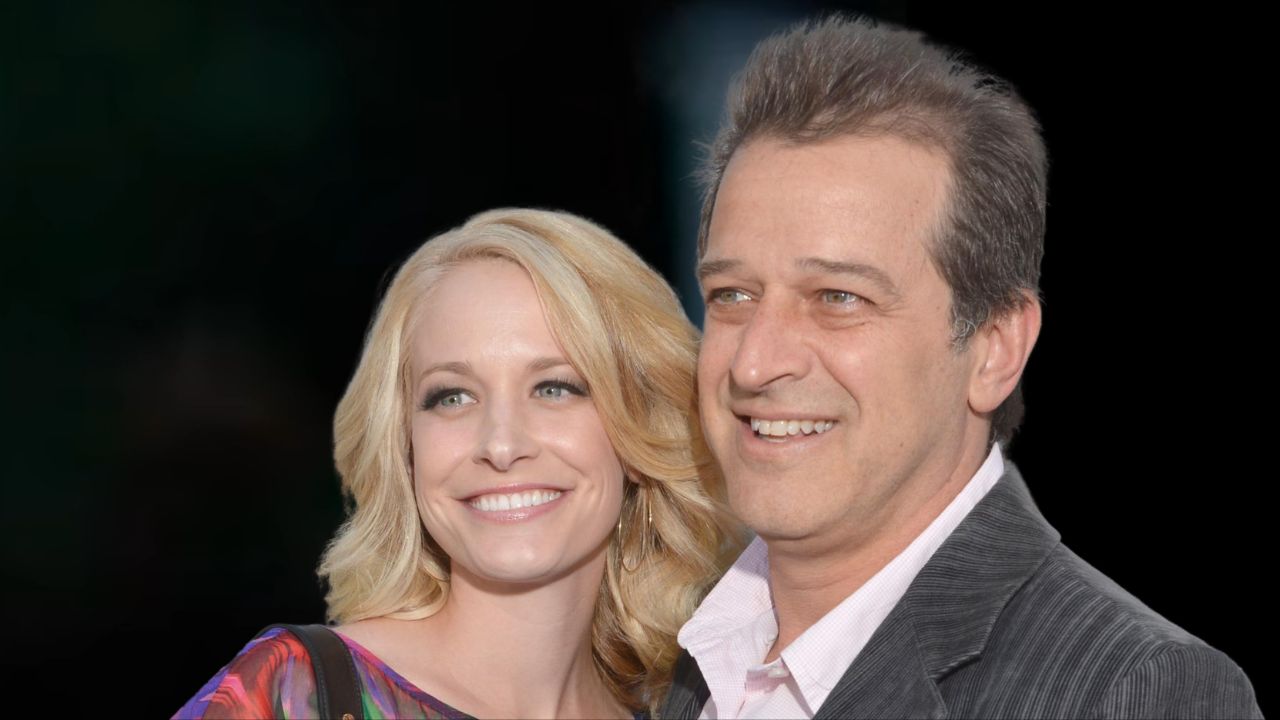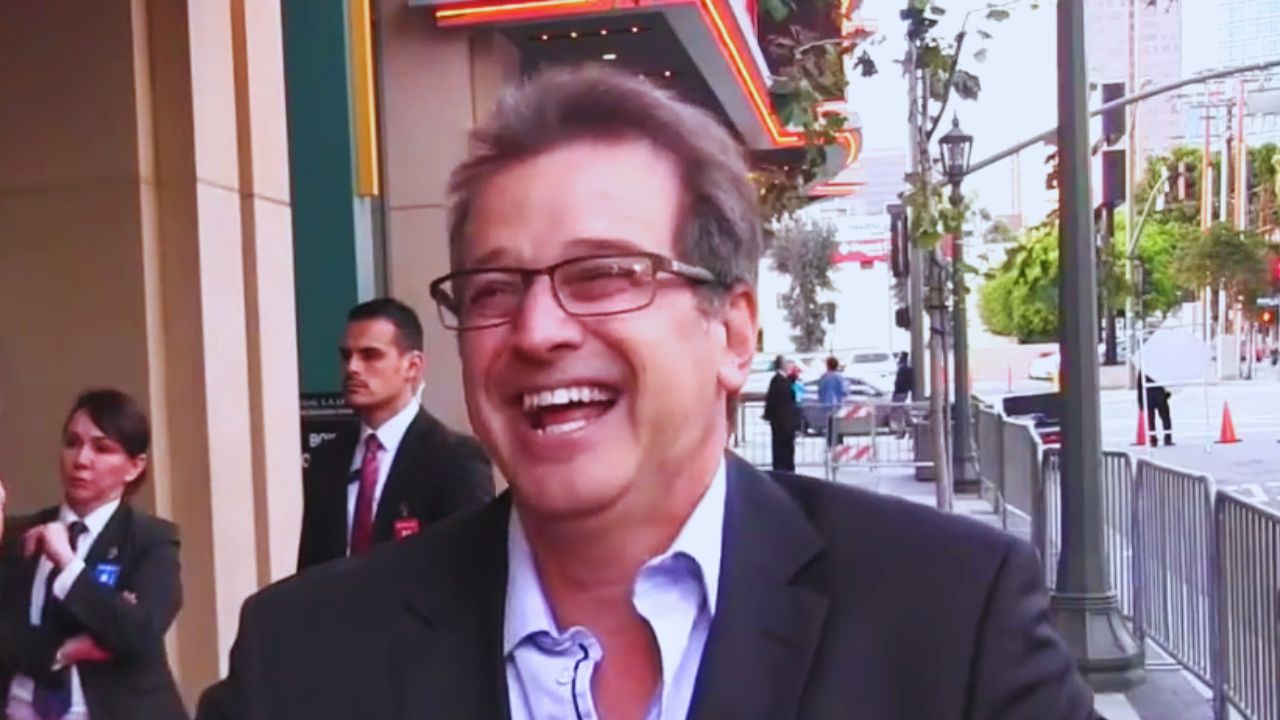Iranian President Ebrahim Raisi, a prominent figure and hardliner long seen as a potential successor to Supreme Leader Ayatollah Ali Khamenei, has tragically died in a helicopter crash. The incident also claimed the life of Foreign Minister Hossein Amirabdollahian and other officials. The crash occurred in the mountainous terrain of East Azerbaijan province, near the border with Azerbaijan, amidst heavy fog and severe weather conditions.
The helicopter was part of a convoy returning from an official visit to the Azerbaijani border. The convoy consisted of three helicopters; while two of them landed safely in the northwestern city of Tabriz, the third helicopter, carrying Raisi and his team, lost communication and subsequently crashed.
Challenging Rescue Efforts
The rescue operation faced significant challenges due to the harsh weather conditions, including blizzards and difficult mountainous terrain. Rescue teams worked tirelessly through the night to locate the wreckage. A Turkish drone played a crucial role in the search, identifying a source of heat suspected to be the helicopter’s wreckage and sharing the coordinates with Iranian authorities.
The head of Iran’s Red Crescent, Pirhossein Kolivand, stated that rescue teams discovered the crash site early on Monday morning. Despite their efforts, no signs of life were found among the helicopter’s passengers. The charred wreckage was found scattered across a mountainside, indicating a violent impact.
Initial Reports and Official Confirmation
On Sunday, Iranian state television reported that a helicopter carrying President Raisi had been involved in an accident in the Jolfa region of East Azerbaijan province due to poor weather conditions. The official confirmation of Raisi’s death came later, with Vice President Mohsen Mansouri and state television both issuing statements.
Iran’s Interior Minister Ahmad Vahidi described the incident as a “hard landing due to the weather conditions.” He noted the difficulty in establishing communication with the helicopter that was carrying Raisi and his delegation.
Who Was On Board?
The ill-fated helicopter carried not only President Raisi and Foreign Minister Amirabdollahian but also other significant figures, including the governor of East Azerbaijan and the province’s main imam (Islamic religious leader). These officials were returning from an inauguration ceremony for the Qiz-Qalasi Dam, a joint project with Azerbaijan, which Raisi had attended with Azerbaijani President Ilham Aliyev.
The Legacy of President Ebrahim Raisi
Ebrahim Raisi, 63, had been serving as Iran’s president since 2021, succeeding the moderate Hassan Rouhani. His presidency was marked by a hardline approach, including a crackdown on anti-government protests and stringent enforcement of morality laws. Raisi also played a pivotal role in the ongoing nuclear negotiations with world powers.
Raisi’s political career was deeply intertwined with the clerical establishment. As a protege of Supreme Leader Ayatollah Ali Khamenei, Raisi was seen by many as a strong contender to eventually succeed the 85-year-old leader. His election victory brought all branches of power under the control of hardliners, a significant shift from the previous administration of pragmatist Hassan Rouhani.
Despite his hardline stance, Raisi’s tenure was marred by widespread protests against clerical rule and economic difficulties exacerbated by Western sanctions. His inability to improve Iran’s economy significantly dented his standing among the populace.
Immediate Political Implications
According to Iran’s constitution, Vice President Mohammad Mokhber will assume the duties of the presidency following Raisi’s death. The constitution mandates that presidential elections be arranged within 50 days, setting the stage for a potentially tumultuous political transition in the country.
International Reactions
The international community has expressed deep concern and condolences over the tragic incident. The White House reported that U.S. President Joe Biden had been briefed on the crash, while China and the European Union offered their assistance and sympathies. Several countries expressed their willingness to provide aid in the aftermath of the disaster.
Iran’s clerical rulers face a delicate period ahead, with mounting international pressure over Tehran’s nuclear program and its deepening military ties with Russia during the ongoing war in Ukraine. The crash has occurred at a time of heightened tensions in the Middle East, following recent conflicts involving Iran-aligned groups.
Mourning and National Grief
In the wake of the tragic news, Iran has entered a period of national mourning. The country’s national broadcaster interrupted regular programming to broadcast prayers and memorial services for President Raisi and the other victims of the crash. Citizens across Iran are paying their respects, reflecting the significant impact of Raisi’s sudden death on the nation.
The death of President Ebrahim Raisi and several high-ranking officials in this helicopter crash is a momentous event with far-reaching implications for Iran. The country must now navigate a period of political transition while dealing with ongoing domestic unrest and international challenges. The loss of such a prominent figure leaves a significant void in Iran’s leadership, with the nation and the world watching closely as events unfold.


